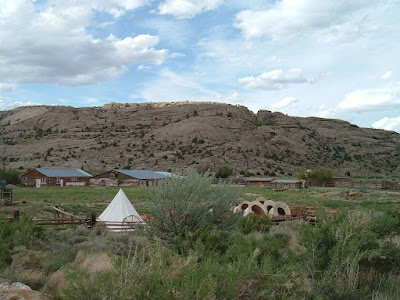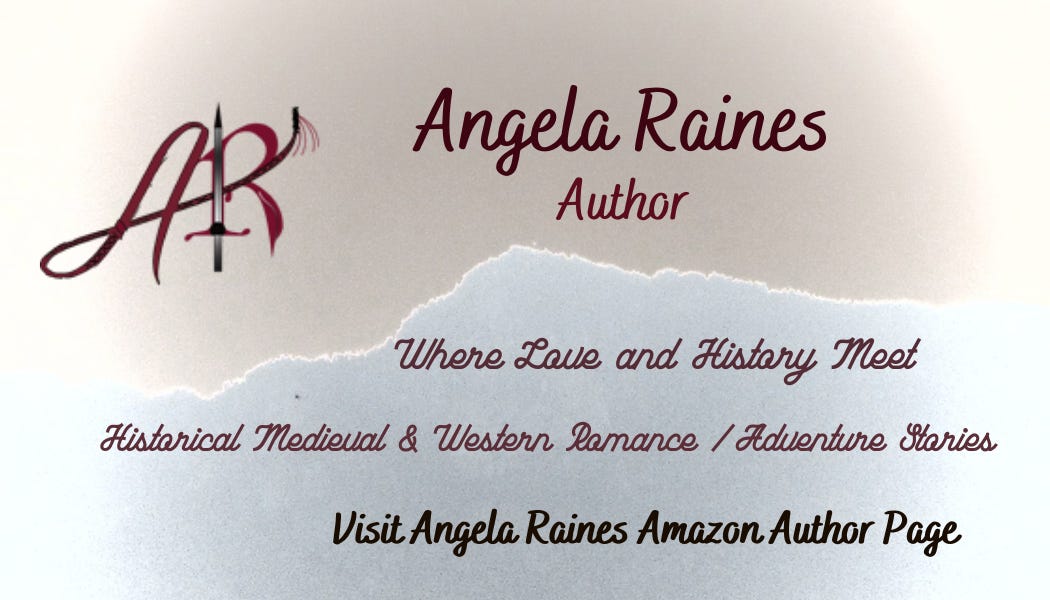Sun Ranch was formed in 1872 Tom Sun. Of French-Canadian descent, he was born on February 28, 1844, in Vermont as Thomas DeBeau Soleil. His mother died when he was very young. Due to a terrible relationship with his stepmother, he ran away from home at the age of eleven to seek an uncle in Montana. At some point, because Soleil means sun in French, he anglicized his surname to Sun.
Upon arriving in St Louis he met and became friends with a trapper employed by the American Fur Company named Dakota, who became his mentor. Dakota taught him survival on the plains and how to deal with Indians as they trapped along the rivers of Colorado and Wyoming. Too young for combat during the Civil War, he worked with an army construction crew in Oklahoma. After the war, he returned to the mountains of Colorado and Wyoming and resumed trapping.
In 1874, Tom Sun was asked to join well-known Boney Earnest to scout for the troops at Ft Fred Steele. While scouting in the Yellowstone country the two scouts discovered a hunting party had been attacked, the men all killed and the women taken as captives. Approaching the Indian encampment Sun and Earnest stampeded the Indian horses as a diversion and rescued the women.
The two scouts later worked with a young frontiersman, William Cody, and taught him life in the West. Years later, Buffalo Bill Cody, presented Tom Sun with a rifle from his Wild West Show.
In 1872, Tom Sun built a log cabin along the Sweetwater River near Devil’s Gate. Sir John Reid, a visiting British baron impressed with his scouting ability, provided the funds for stock and the ranch. A trapper turned frontier rancher, he made two trips to Oregon and brought back 4,000 head of cattle. He built his ranch into an empire covering more than three million acres and the largest operation in Wyoming.
Known for his integrity as well as for his ability to use a gun, Tom Sun was highly respected in Wyoming.
During the 1870s and 1880s, the ranch was typical of many medium-sized ranching operations in cattle country. Located along the Overland Trail, which included the Oregon, California, and Mormon Trails, the site of the ranch is both historic as well as scenic.
In 1882, The Cheyenne Daily Leader remarked that "the eastern person of inquiring turn of mind who writes to his friends out west to ask what a ranch is like would find his answer in a description of Tom Sun's."
 |
| Tom Sun 1880 |
In 1883, Tom Sun married Mary Agnes Hellihan, born in 1856 in Cork County, Ireland. They had four children, the oldest and only boy being Thomas Edwin Sun, also known as Tom Sun II, born in 1884. He operated the ranch after the death of his father. The three daughters were Anastasia (1887-1889), Adelaide Mary Sun Smith (1890-1983), and Eva Catherine Sun (1893-1909).
In July of 1889, Tom Sun, along with five other ranchers from the region, was involved with the lynching of James Averill and Ella Watson, also known as Cattle Kate, whom they accused of rustling cattle. When apprehended at his ranch, Sun admitted his involvement and named the other five. All six men were arrested and released on bond. In spite of the Cheyenne Weekly Sun's article full of lurid half-truths and outright lies, which were picked up and sensationalized worldwide, later, more careful investigation showed the issue had more to do with a dispute over land use, not cattle rustling. Three months later, the grand jury hearing the case adjourned without indicting the men because none of the four eyewitnesses to the incident could be found to testify.
In 1900, Tom Sun obtained a lease on 160 acres of land from the state land board.
Tom Sun, Sr., was a member of the Masonic, Knight Templar, and Shriner lodges. He died at St. Joseph hospital in Denver on Saturday, June 5, 1909. He was buried in Rawlins, Carbon County, Wyoming. His wife, Mary, died April 25, 1936 in Alcova, Natrona County, Wyoming and was buried in Rawlins.
The ranch contains the largest uninterrupted stretch of the Oregon Trail.
The ranch site was declared a National Historic Landmark on December 19, 1960. At the time of its nomination as a landmark it was one of the best preserved ranches from the cattle ranging period and was 4,160 acres (16.8 km2) in size.
The ranch remained in the Sun family for four generations until 1977 when it was sold to the Church of Jesus Christ of Latter-day Saints because of the historical importance of Martin’s Cove, which was located on the ranch’s property.
In 1997, some of the ranch buildings were transformed into a visitor’s center.
A portion of the ranch buildings have been turned into a museum featuring the early members of the Sun family.
Featured in the displays are several artifacts contributed by the Sun family and neighbors. These three items, above, were used by the early members of the Sun family.
The above pelt belonged to a white wolf killed by Tom Sun II in 1906 at Sweetwater Rocks (Bear Trap Pocket, two miles west of Sun Ranch) after he and his mate had killed thirty calves in one month prior to being shot.
This is the fourth of four posts on the early history of white activity around Devil’s Gate. The following are the first three:
“Devil’s Gate and the Emigrant Trails” – Please CLICK HERE
“Devil’s Gate and Fort Seminoe” – Please CLICK HERE
“Devil’s Gate and the Mormon Winter Guard” – Please CLICKHERE
I find myself drawn to Wyoming for much of my writing. My most recent book set in this state and general time frame is Lauren from the Rescue Me (Mail-order Brides) series. Although it is set to the south and slightly east of the Sun Ranch, some scenes reflect many of the attitudes regarding “frontier justice” that turned up in my research on Tom Sun. To find the book description and purchase options for ebook, paperback, and audio, please CLICK HERE
Sources:
https://wyoshpo.wyo.gov/index.php/programs/national-register/wyoming-listings/view-full-list/713-tom-sun-ranch-national-historic-landmark
https://en.wikipedia.org/wiki/Tom_Sun_Ranch
https://history.churchofjesuschrist.org/exhibit/historic-sites/wyoming/sun-ranch?lang=eng
https://www.findagrave.com/memorial/6802809/thomas-debeau-sun
https://www.findagrave.com/memorial/20103841/mary-agnes-sun
Cheyenne Weekly Sun, Volume 13, August 1, 1889, page 3
https://www.wyohistory.org/encyclopedia/covering-cattle-kate-newspapers-and-watson-averell-lynching
https://web.archive.org/web/20120728031221/http://tps.cr.nps.gov/nhl/detail.cfm?ResourceId=563&ResourceType=Building
Natrona County Tribune, Volume 19, Number 08, July 7, 1909














